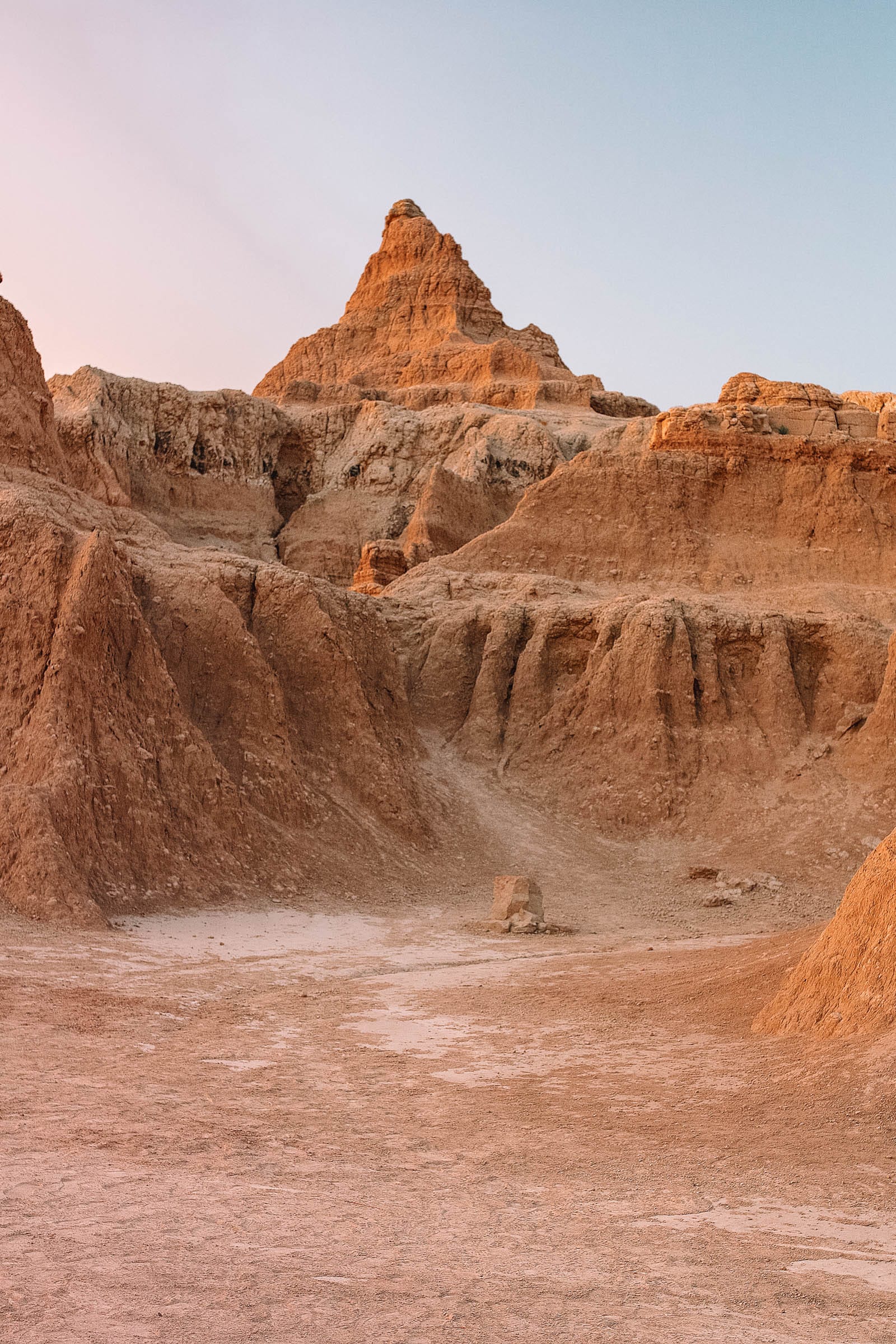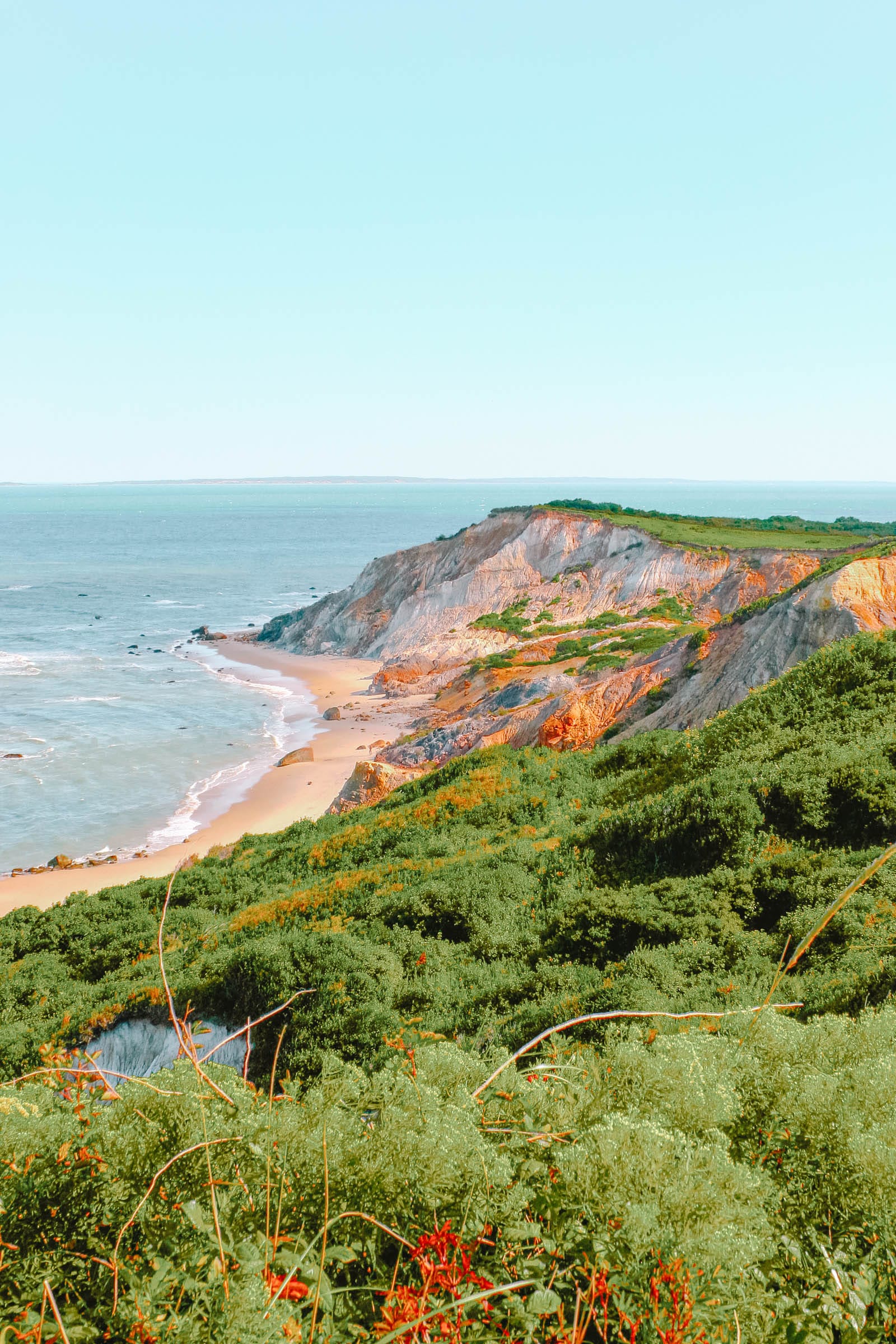Spain’s National Parks: A Journey Through Natural Wonders with GoTravelDaily
A pioneer in environmental protection, Spain began preserving its land as national parks in 1918, decades before most other European nations. Spain has 16 national parks that showcase diverse ecosystems, from Sierra de las Nieves, inaugurated in 2021, to lesser-known Cabañeros, near Toledo, and Teide in the Canary Islands – the most visited park in Europe.
Entrance to all of Spain’s national parks is free; however, visitor numbers are occasionally regulated to help safeguard these delicate ecosystems. Consequently, many of these natural destinations remain among Spain’s best-kept secrets, often overlooked by outdoor enthusiasts who flock to more famous locales in Switzerland, Italy’s Dolomites, or the French island of Corsica.
Doñana
Best national park for birdwatchers
Doñana is arguably Europe’s most important wetland, guarding the mouth of Andalucia’s legendary Guadalquivir River. Its mixture of salt marshes, grassland, and mobile sand dunes is a haven for numerous bird species, wild horses, and the park’s photogenic symbol – the critically endangered Iberian lynx.
This park comprises the largest roadless region in western Europe and is heavily protected; therefore, access to its waterfowl-rich wetlands is restricted to guided tours. Visitors can gravitate to one of four visitor centers to partake in short DIY walks to bird hides or more substantial organized excursions in Jeeps. In late spring, the park witnesses immense crowds during the Romería del Rocío, where up to a million people converge, many on horseback, to the striking Ermita del Rocío.
Sierra Nevada
Best national park for winter sports
Sierra Nevada is Spain’s largest national park, featuring the majestic mountains that rise behind the Alhambra in Granada. This multifaceted location incorporates history, nature, and thrilling activities such as paragliding and rock-climbing.
The park is home to mainland Spain’s highest mountain, Mulhacén at 3,479m (11,414ft); it also features Europe’s highest paved road and the continent’s most southerly ski resort along with a necklace of Amazigh-style villages that take refuge on the southern slopes of the range. These villages, referred to as Las Alpujarras, were the last stronghold of North African Muslims in Spain. Summer months reveal wild landscapes with a rich natural bounty that includes nearly one-third of Spain’s native plant species and the country’s largest ibex population.
Multiday walking paths connect whitewashed villages that offer cozy overnight accommodations.
Ordesa y Monte Perdido
Best national park for under-the-radar hiking
Known for its breathtaking natural beauty, Ordesa y Monte Perdido is Spain’s second-oldest national park and a UNESCO Biosphere Reserve. Situated at the Pyrenees’ edge, this park features deep, canyon-like valleys overlooked by imposing limestone cliffs that rise dramatically toward the craggy summit of 3,353m (11,000ft) Mt Perdido, the third-highest peak in the Pyrenees.
The park’s impressive flora and fauna include the limestone-clinging edelweiss and the huge bearded vulture, known for dropping animal bones from heights. The most challenging hikes find adventurers traversing narrow cliffside paths called fajas. Alternatively, a classic 8km (5-mile) walk will take you to the Cola de Caballo (Horsetail) waterfall, nestled in a spectacular cirque shadowed by Mt Perdido.
Teide
Best national park for family-friendly hiking
Parque Nacional del Teide is Europe’s most visited national park, located 200 miles off the coast of North Africa in Tenerife. The centerpiece is Spain’s highest mountain: 3,718m-tall (12,198ft) Mt Teide, a brooding volcanic dome that casts the world’s largest shadow over the surrounding sea.
Each year, around four million visitors are drawn to the mountain’s surreal lunar landscapes. Most take advantage of the Teide cable car, which takes them to within 201 vertical meters (660ft) of the summit in just eight minutes. For those preferring to hike, a challenging but rewarding five-hour climb awaits. The park also offers 20 well-marked trails, including some that are family-friendly.
Picos de Europa
Best national park for iconic mountain hikes
As the first of Spain’s 16 national parks, established in 1918, Picos de Europa features a spectacular mix of glaciated peaks and alpine meadows in northern Spain, spread over a trio of mountain massifs. Its proximity to cities such as Santander and Gijón still allows for some isolation, making it a habitat for Cantabrian brown bears and Iberian wolves.
The Picos de Europa offers superb walking terrain, highlighted by the 12.1km (7.5-mile) Ruta del Cares. This incredible trail winds through the steep-sided “divine gorge,” characterized by dizzying drops, steep cliffs, and dark tunnels.
Sierra de las Nieves
Best national park for walking among rare trees
The serene Sierra de las Nieves officially became a national park in June 2021, after more than six years in the making. Nestled between Ronda and the bustling Costa del Sol, this area is renowned for its rare trees, including cork oaks and the elegantly conical pinsapo (Spanish firs). Visitors may also encounter an ancient chestnut tree said to be as old as Córdoba’s Mezquita.
One of the finest routes leads to the top of western Andalucia’s highest peak, 1,919m (6,295ft) Torrecilla, through serene sweeps of pinsapos. During winter, the summit is often snow-covered, showcasing the “nieves” (snow) that gives the park its name.
Cabañeros
Best national park for getting off the beaten track
Cabañeros, a pastoral paradise, avoided transformation into a military firing range in the 1980s due to passionate protests. Despite this dramatic backstory, Cabañeros remains one of Spain’s least-visited parks, attracting under 100,000 annual visitors.
What many miss is a charming network of dehesas (oak pastures used for grazing) that pepper the plateaus of Castilla-La Mancha and the Montes de Toledo. Visitors should keep an eye out for Iberian lynxes, as more than a dozen were reintroduced to the wild in the park in 2015. Trips to this region can easily combine with a visit to the historic city of Toledo, which boasts a rich tapestry of Christian, Muslim, and Jewish history.
Cabrera Archipelago
Best national park for water-based activities
Covering more than 104 sq km (40 sq miles), Cabrera Archipelago boasts a human population of zero and is a hidden gem for nature lovers. Positioned just 16km (10 miles) off the coast of the busy vacation hotspot Mallorca, this park offers delightful seclusion.
The Cabrera Archipelago features 19 islands and islets, most of which are designated as protected areas. While only one island, Illa de Cabrera, is accessible to the public via carefully controlled boat trips (up to 300 people per day) from Colònia de Sant Jordi, the dry, hilly landmass is home to a diverse array of lizards, birds, and an abandoned 14th-century fort.
Visitors can relax on Sa Plageta, a rustic beach accessible by boat, or pre-arrange a snorkeling trip to explore the park’s well-preserved marine environment.
This article was first published on Jun 30, 2020, and updated on Jul 17, 2022.




